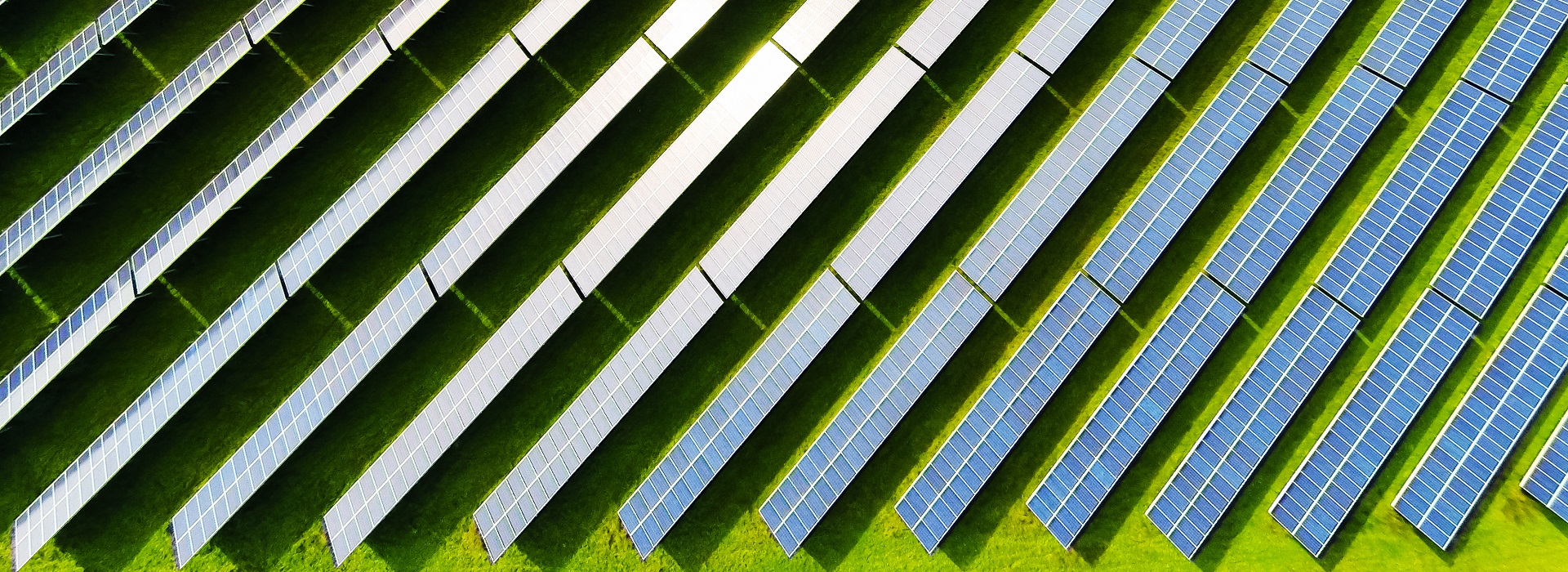
Halide perovskite solar cells as next-generation photovoltaics
The projects span a wide area from the synthesis of new materials, advanced materials characterisation, to the preparation and testing of complete solar cells.
Organic-inorganic lead halide perovskite solar cells are the newest type of third generation photovoltaics. Recent years have seen remarkable developments in halide perovskite materials which are easy to prepare and have some remarkable optoelectronic properties. These properties, combined with simple and low-cost fabrication routes, have led to a very rapid growth in power conversion efficiencies. However, to use perovskite solar cells in the real world several problems still need to be overcome. The solar cells need to be moisture, oxygen and heat stable – which can be challenging due to the ‘soft’ nature of many perovskite materials. Ideally the cells need to be lead free, to be prepared using green solvents and easily deposited on cheap and flexible substrates.
Experimental groups within the CSCT are working on understanding the degradation of thin film perovskites in atmospheric conditions and finding promising strategies to improve the moisture and water resistivity of the device. Through the collaboration of chemists, physicists and engineers, we combine experiment with modelling to design new materials and device architectures to make this technology commercially viable.
Dr Petra Cameron




